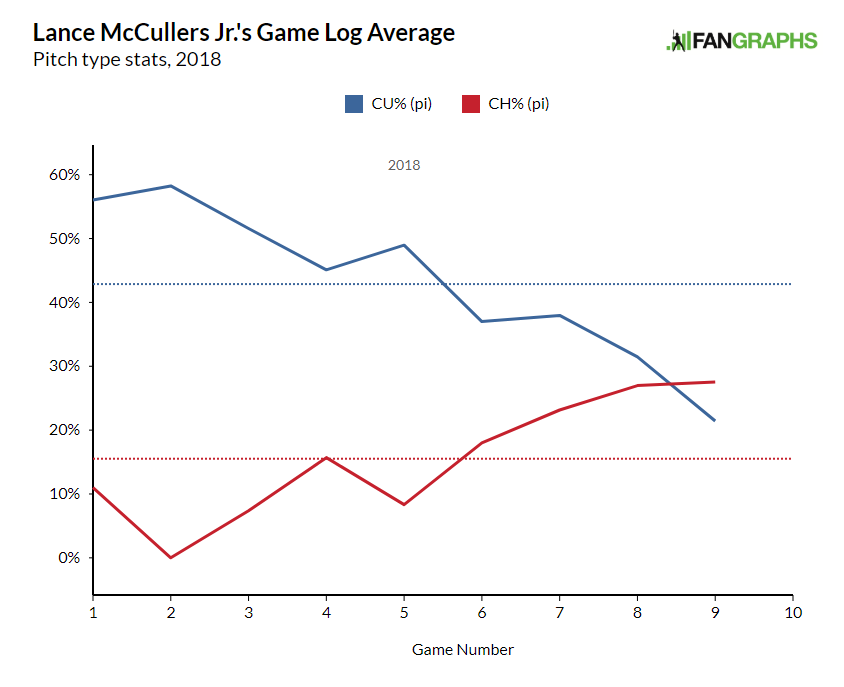If you’ve spent any time observing some of the nerdier battles over baseball statistics in the last decade or two, you’re probably familiar with the arguments made for and against certain metrics. Beginning with the relatively simple matter of batting average versus on-base percentage, these debates tend generally to take the same shape. And generally, one recurring blind spot of such debates is that they tend to dwell on what certain statistics don’t do instead of best identifying what they do do.*
*Author’s note: /Nailed It
The last few years has seen the release, by MLB Advanced Media (MLBAM), of a flurry of new data and statistics, generally referred to as “Statcast data.” We’ve also seen advances in the measurement of catcher-framing by the people at Baseball Prospectus, who have also continued making improvements in the evaluation of pitchers in the form of Deserved Run Average (DRA). When new data and metrics emerge, there is inevitably a period of uncertainty that follows. What does this stat mean? What’s the best way to use this data set? Equally inevitable is the misapplication of new statistics. That aspect of potential statistical innovation is not really new.
Today, what is new is xwOBA — and, in part due to the wide proliferation of Statcast data by means of telecasts and MLB itself, more fans are finding and using stats like xwOBA than might have been in previous generations. As with other new metrics, we are still attempting to identify how xwOBA might best be used.
One such study into the potential utility of xwOBA was recently published by Jonathan Judge at Baseball Prospectus. The study is a good one, with Judge focusing on xwOBA against pitchers. While not ultimately his point, Judge does, along the way, object to the “x” in xwOBA, as he feels that “expected” implies predictive power. While I have always interpreted the “expected” to mean “what might have been expected to happen given neutral park and defense” — that is, without assuming a predictive measure — it does appear that reasonable people can disagree on that interpretation.
Read the rest of this entry »

